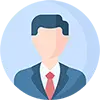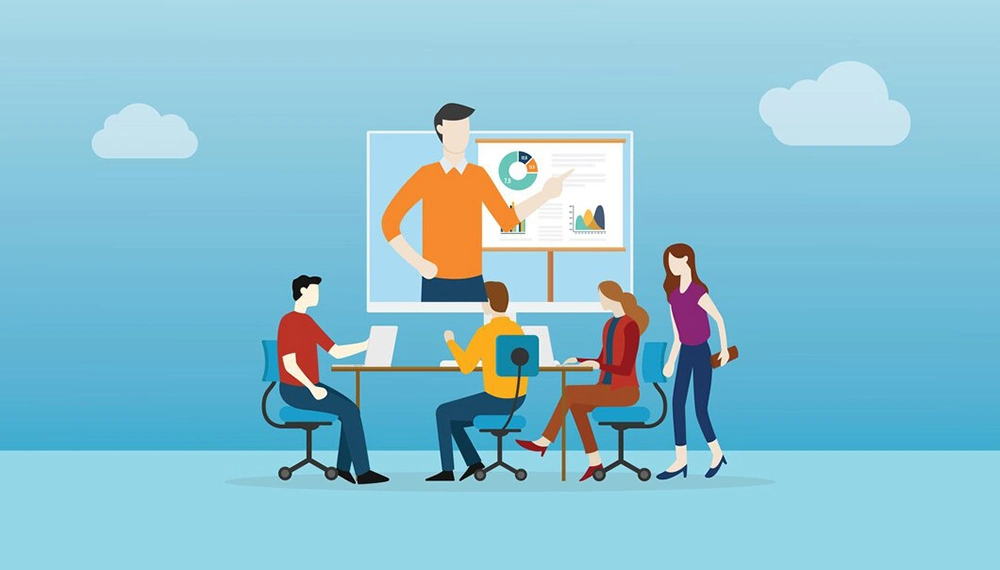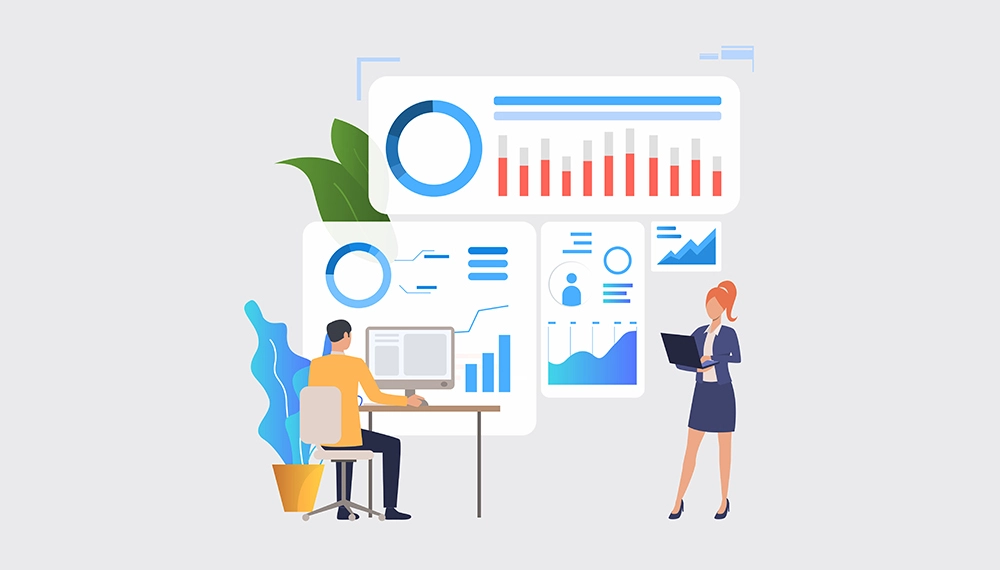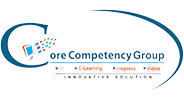Customer Education That Works for Your Business and Your Customers
Rohit Kumar
02 May, 2025

Delivering a superior product or service is merely the starting point in any business. To truly differentiate your brand and foster lasting customer relationships, it's imperative to ensure that your clients have access to your offerings and possess a deep understanding of how to use them effectively. This is where customer education becomes pivotal.
By empowering customers through structured learning initiatives, you enhance their user experience and cultivate loyalty and advocacy. Let's explore the significance of customer education and how it can be a game-changer for your business.
What is Customer Education?
Customer education is a structured approach to helping customers understand how to use your product or service effectively. It goes beyond one-off instructions or onboarding sessions. It includes organized training programs, knowledge bases, how-to videos, and ongoing learning materials.
The goal is to help customers gain the skills to use your solution confidently, independently, and thoroughly. This shortens the time it takes them to get value from your offering and builds a stronger relationship between your business and your users.
Why is Customer Education Important?
- Showcases how to get the most from your product Customer education ensures that users don’t just scratch the surface of what your product can do. It gives them a clear understanding of your solution's full capabilities. When customers know how to use advanced features or apply your product to real-world challenges, they’re more likely to see ongoing value and renew or expand their usage over time.
- Empower your support team When well-trained, customers rely less on your support staff for basic queries. This reduces the volume of support tickets, allowing your team to focus on more complex issues. It also lowers your support costs and improves efficiency. Informed customers make fewer mistakes and experience fewer blockers, which leads to faster resolution times when help is needed.
- Drives customer satisfaction Customers who use your product effectively tend to have a better overall experience. They face fewer frustrations, meet their goals faster, and feel confident in their actions. This leads to higher satisfaction scores, improved retention rates, and more substantial customer lifetime value. A well-informed customer is also more likely to upgrade or explore other offerings within your business.
- Strengthens word of mouth behind your brand Satisfied, confident customers often become advocates. They talk about their positive experiences with your product in their networks, write reviews, and recommend you to others in their industry. Strong customer education makes these experiences possible at scale. It turns users into brand ambassadors who can influence new prospects and help you grow without additional marketing spend.
How to Implement an Effective Customer Education Program?
A successful customer education program doesn’t come together overnight. It requires precise planning, thoughtful execution, and continuous iteration. Below are five steps to help you build a program that works and delivers long-term results.
- Take a close look at what’s already happeningStart by understanding what resources and support your customers already receive. Review onboarding materials, help center articles, training sessions, and customer feedback. Identify where customers tend to get stuck or ask for help repeatedly. This will give you a baseline view of what's working and where improvements are needed.
- Pinpoint and fill in the gapsAfter you’ve assessed the current state, identify the content or support that’s missing. Maybe there’s no walkthrough for setting up complex features, or users need more real-life examples to understand your use cases. Prioritize the most significant gaps that impact customer success and start building resources to address them.
- Choose the Right Tools for Your Customer Education Program (LMS)An effective customer education program depends on scalable technology. A learning management system (LMS) lets you organize, deliver, and track customer training at scale. It should support multiple content formats—videos, quizzes, webinars—and offer analytics to monitor engagement. Pick a system that integrates with your customer success tools so you can measure learning impact alongside product usage and retention.
- Build the Right Training Resources for Your CustomersYour materials should be easy to access, simple to follow, and designed with your customers’ needs in mind. Use precise language and avoid jargon. Offer content in different formats to suit different learning styles—some prefer short videos, others prefer written guides or interactive demos. Every resource should help customers solve real problems, not just explain features.
- Build, Test, and Continuously Improve Your Customer Education Strategy Once your content is live, gather data on its use. Look at completion rates, support ticket volume, and direct customer feedback. Use this information to refine your materials and delivery methods. A good customer education program isn’t static—it evolves based on how your product changes and how your customers grow.
Core Competency Is the Partner for Your Employees’ Skill Growth Journey
Core Competency’s Learning Management System (LMS) is designed for organizations prioritizing continuous learning and workforce development. It offers automated course delivery, progress tracking, and real-time reporting, ensuring that refresher training is streamlined and effective.
The platform supports SCORM-compliant content, mobile accessibility, and interactive learning tools, making it easy for employees to engage with training anytime, anywhere. With customizable learning paths and AI-driven insights, companies can tailor training to individual needs, keeping employees sharp and compliant.
The platform supports SCORM-compliant content, mobile accessibility, and interactive learning tools, making it easy for employees to engage with training anytime, anywhere. With customizable learning paths and AI-driven insights, companies can tailor training to individual needs, keeping employees sharp and compliant.




